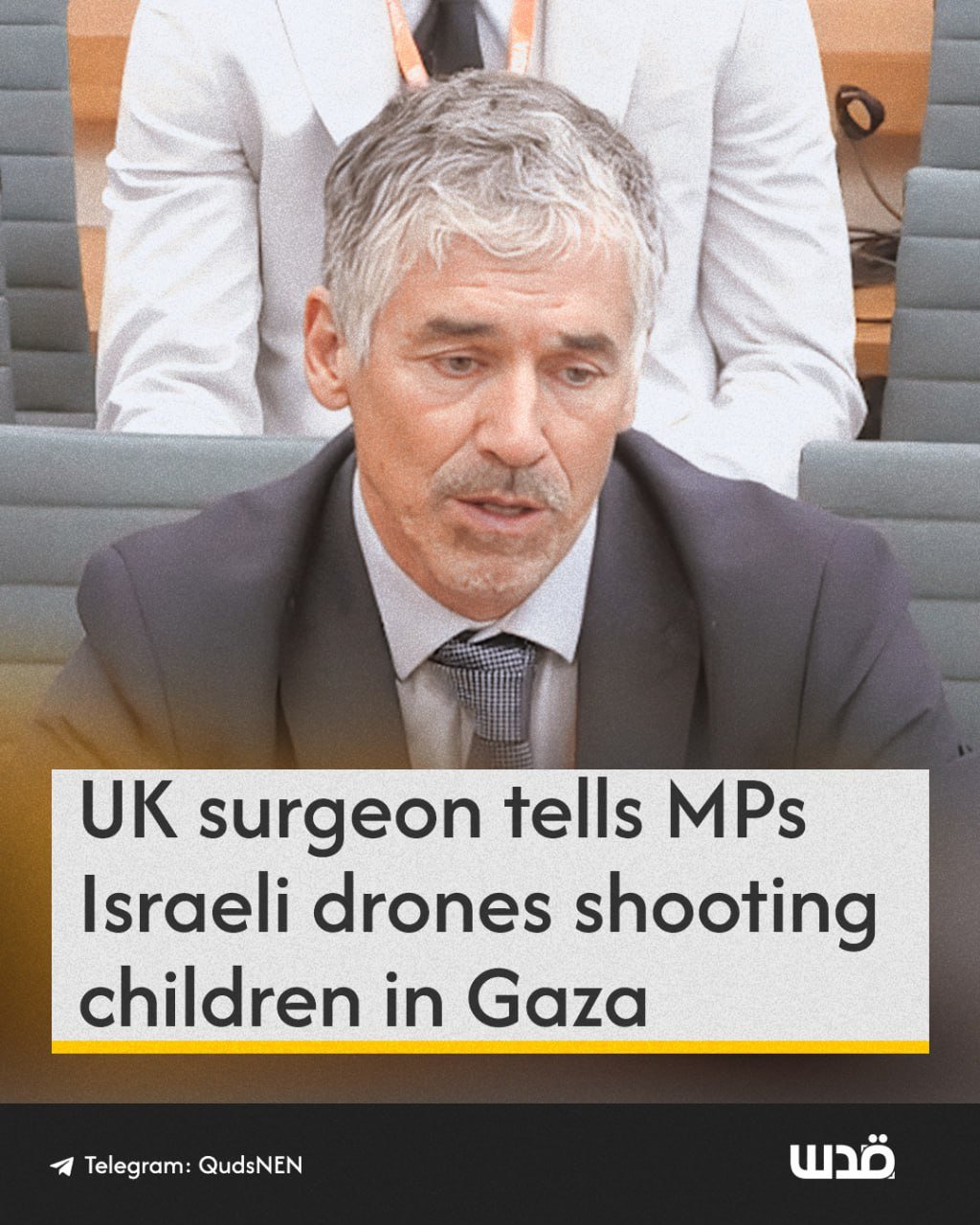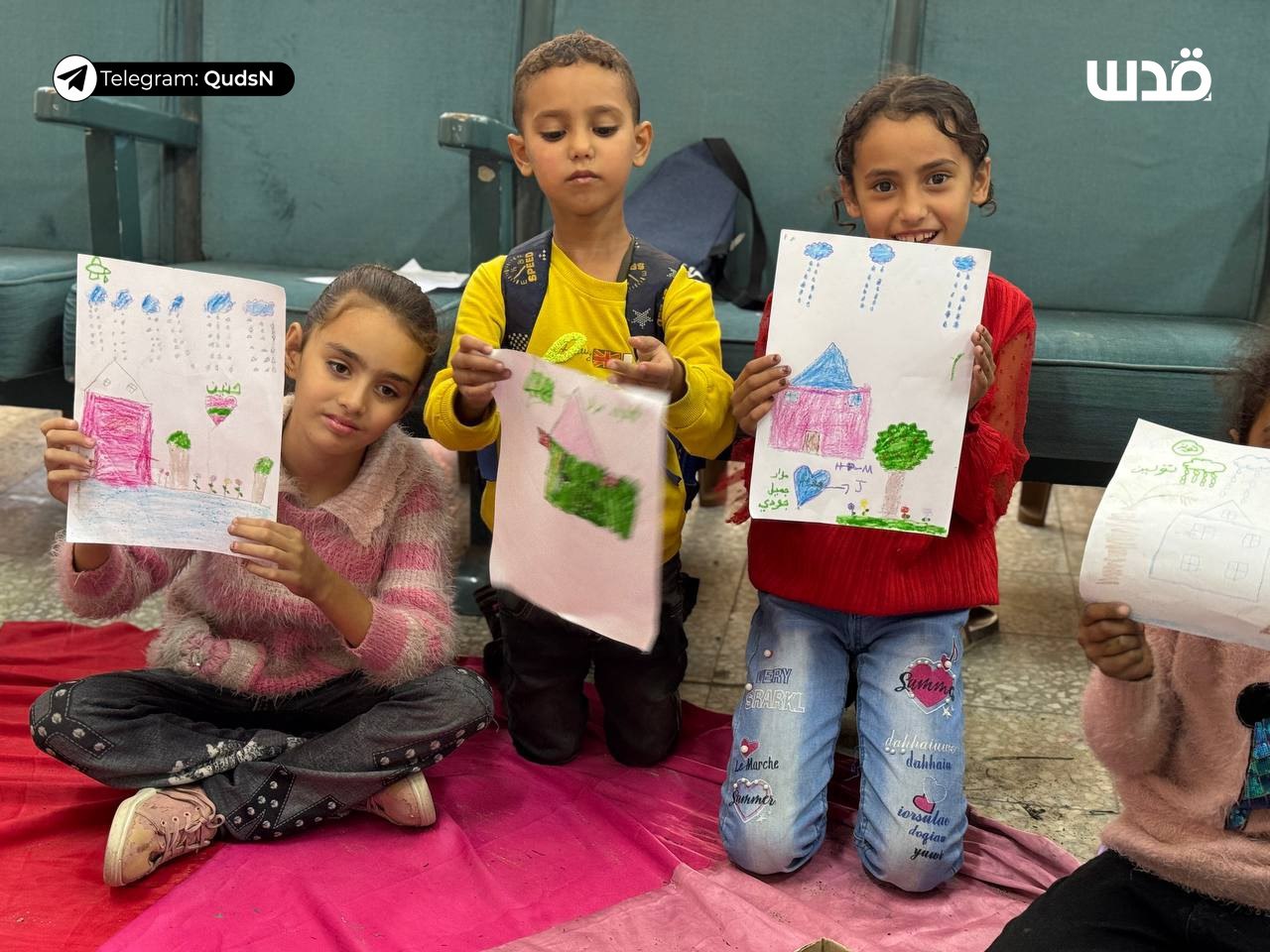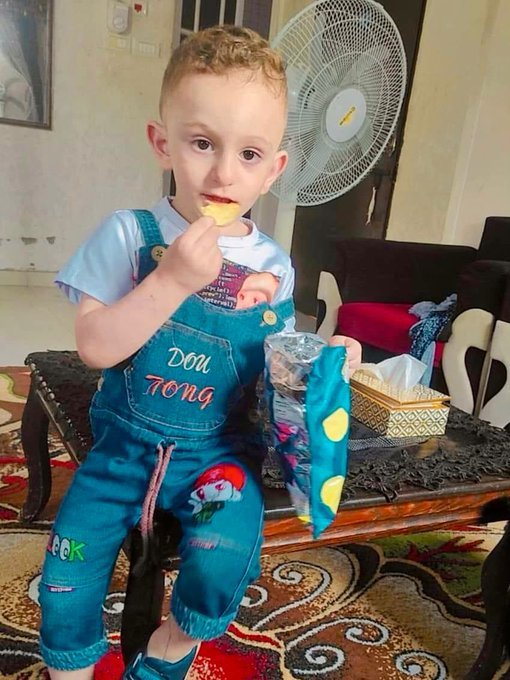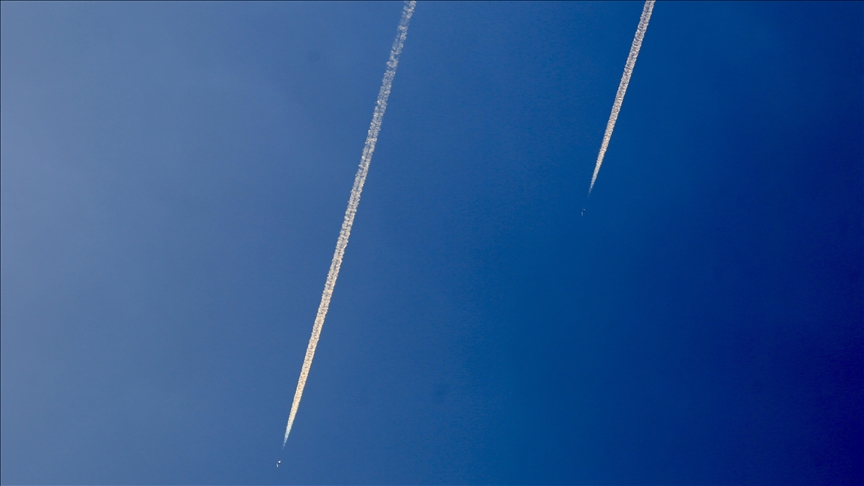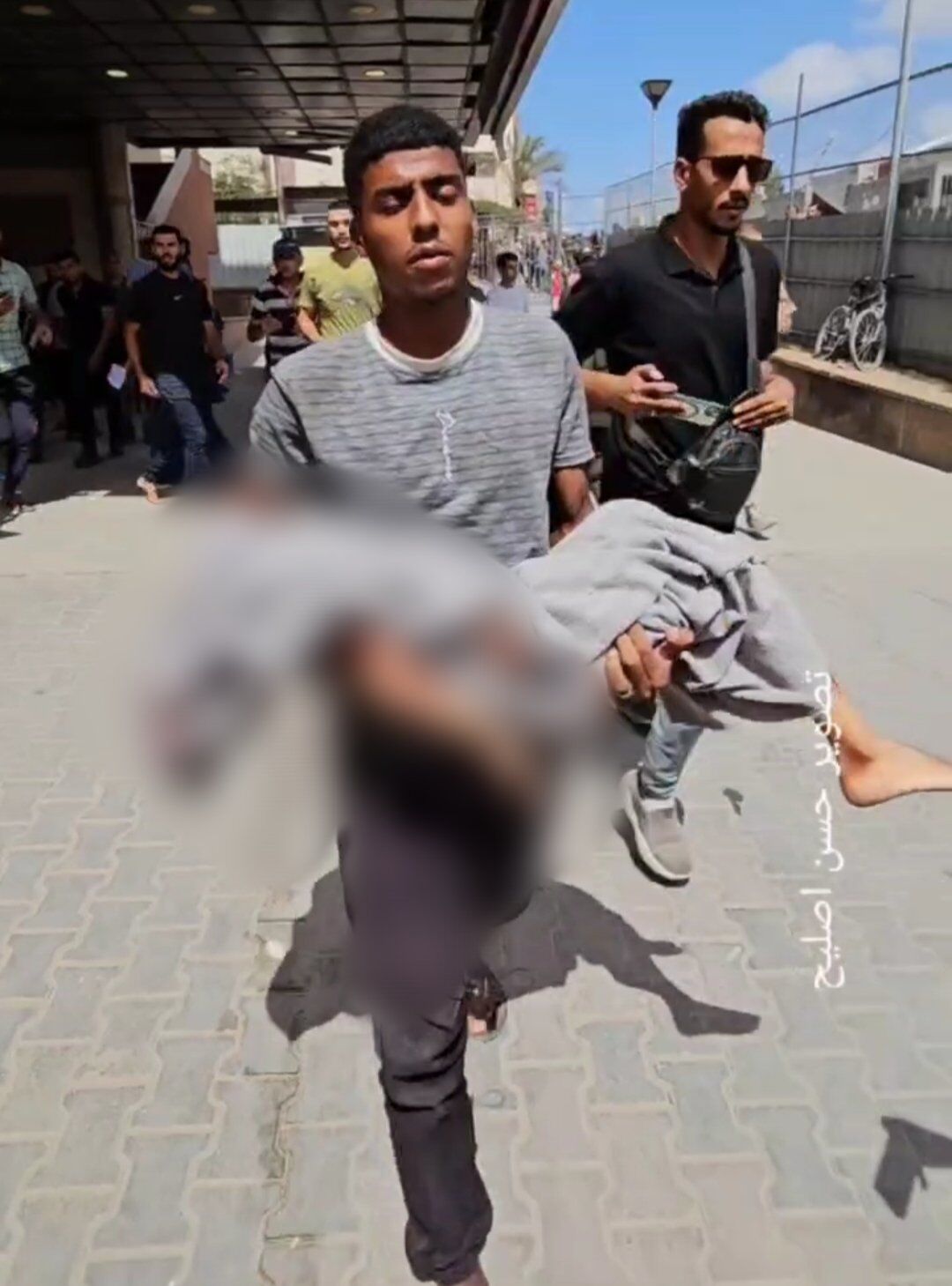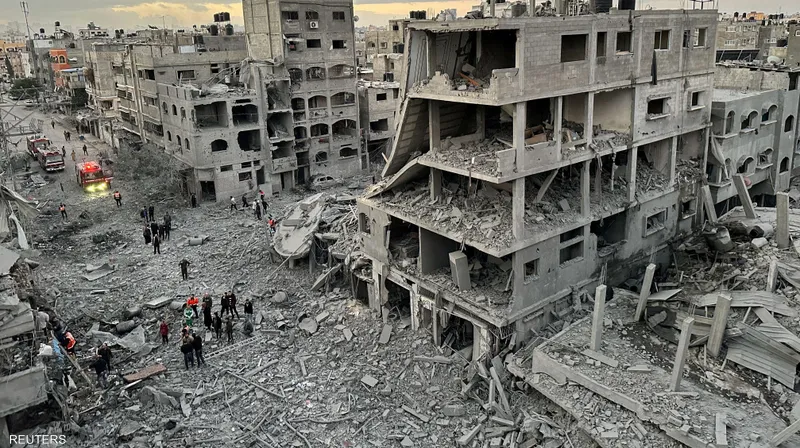UK Surgeon: ‘Israeli Drones Shoot at Children’
“Drones would come down and pick off civilians, children”
British surgeon Nizam Mamode, retired NHS doctor who recently returned after working at Nasser Hospital, broke down in UK Parliament as he described Israeli occupation quadcopters deliberately shooting Palestinian children.
He said at least once or twice daily, there were “mass casualty incidents,” meaning that 10 to 20 people were killed and up to 40 seriously injured, estimating that at least 60 percent of the people treated at these times were women and children.
“This is not an occasional thing. This was day after day after day operating on children who would say, ‘I was lying on the ground after a bomb dropped and this quadcopter came down and hovered over me and shot me’,” Mamode said.

